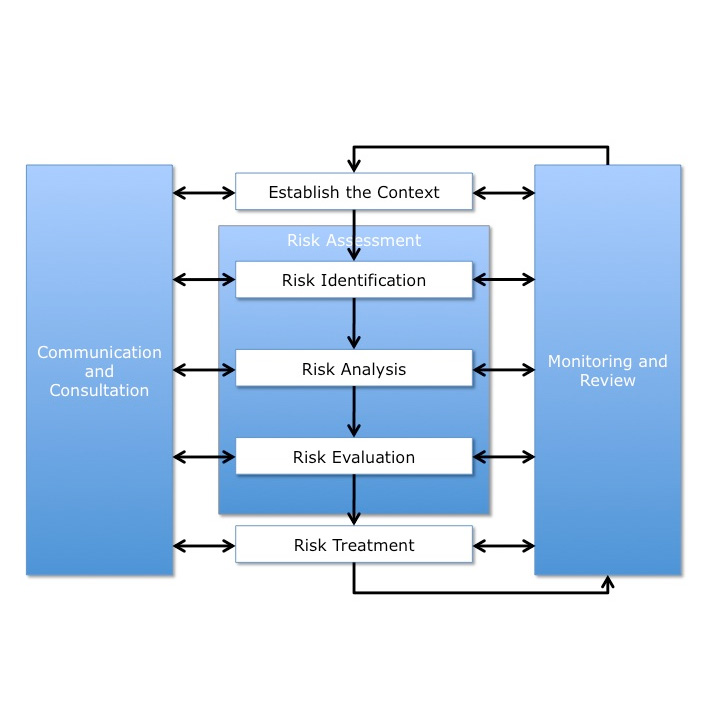“It is not the strongest of the species that survive, nor the most intelligent, but the one most responsive to change.” -Charles Darwin
Mitigating Risks in Capital Improvement Projects: Lessons from Successful and Failed Projects
Capital Improvement Projects (CIP) are the backbone of infrastructure development, essential for maintaining and enhancing public amenities. These projects, ranging from road repairs to the construction of new public buildings, play a crucial role in community development and economic growth. However, they also come with significant risks. Understanding these risks and learning from past projects, both successful and unsuccessful, is key to mitigating potential issues and ensuring project success.
Understanding the Risks
CIPs are inherently complex and multifaceted, involving numerous stakeholders, substantial financial investments, and extended timelines. The primary risks associated with CIPs include:
- Budget Overruns: Exceeding the allocated budget is a common issue, often due to poor cost estimation, unexpected expenses, or inefficient use of resources.
- Schedule Delays: Delays can result from various factors such as adverse weather conditions, delays in obtaining permits, or unforeseen construction challenges.
- Quality Control Issues: Ensuring the project meets the required standards and specifications is crucial. Poor quality control can lead to increased maintenance costs and reduced lifespan of the infrastructure.
- Stakeholder Management: Managing the expectations and demands of various stakeholders, including government agencies, contractors, and the public, is essential for project success.
- Regulatory Compliance: Adhering to local, state, and federal regulations can be challenging and time-consuming, but non-compliance can result in significant fines and project delays.
Lessons from Successful Projects
The Big Dig (Boston, MA)
One of the most significant and well-documented CIPs in the United States is the Big Dig in Boston, Massachusetts. Officially known as the Central Artery/Tunnel Project, the Big Dig was an ambitious project to reroute the city’s major highway system. Despite its notorious budget overruns and delays, it offers valuable lessons in risk management.
- Proactive Risk Identification: Early in the project, potential risks were identified, and mitigation strategies were developed. This included detailed geological surveys to anticipate and plan for underground obstacles.
- Stakeholder Communication: The project team maintained transparent communication with stakeholders, including the public, which helped manage expectations and mitigate opposition.
- Innovative Solutions: The project employed innovative engineering solutions, such as the use of slurry walls to support the excavation of tunnels beneath the city, which minimized disruptions to daily life and reduced the risk of structural failures.
The London 2012 Olympic Park
The development of the London 2012 Olympic Park is another example of a successful CIP that provides valuable risk management insights. The project transformed a derelict area into a world-class sporting venue, delivering on time and within budget.
- Comprehensive Planning: Extensive planning and feasibility studies were conducted before the project commenced. This included environmental assessments and community impact studies.
- Strong Leadership and Governance: The project benefited from strong leadership and clear governance structures, which ensured accountability and effective decision-making.
- Sustainability Focus: Emphasizing sustainability, the project incorporated green building practices and focused on long-term community benefits, reducing the risk of post-project issues.
Lessons from Failed Projects
The Berlin Brandenburg Airport (Germany)
The Berlin Brandenburg Airport project is a prime example of a CIP plagued by failures and lessons in risk management.
- Inadequate Planning: Poor initial planning led to numerous design changes and construction issues. Inadequate feasibility studies and unrealistic timelines contributed to repeated delays and cost overruns.
- Poor Quality Control: The project faced significant quality control issues, including faulty fire protection systems and structural defects. These issues arose due to insufficient oversight and rushed construction processes.
- Lack of Accountability: The project suffered from a lack of clear accountability and leadership. Frequent changes in management and conflicting interests among stakeholders exacerbated the problems.
The Edinburgh Tram Project (Scotland)
The Edinburgh Tram Project, intended to revitalize the city’s public transport system, faced numerous challenges that offer valuable lessons.
- Unrealistic Budgeting: The initial budget was overly optimistic, failing to account for potential cost escalations. This led to severe budget overruns and funding crises.
- Inadequate Risk Management: The project lacked a robust risk management framework, resulting in the failure to anticipate and mitigate key risks such as utility diversions and archaeological finds.
- Stakeholder Conflicts: Disputes between the city council, contractors, and utility companies caused significant delays and additional costs. Effective stakeholder management was lacking, leading to frequent project stoppages and re-negotiations.
Mitigating Risks in Future Projects
Drawing lessons from these examples, future CIPs can be better managed by implementing the following strategies:
- Thorough Planning and Feasibility Studies: Conducting comprehensive planning and feasibility studies to anticipate potential risks and develop mitigation strategies.
- Robust Quality Control Systems: Implementing rigorous quality control systems to ensure that construction meets the required standards and specifications.
- Effective Stakeholder Management: Maintaining transparent and continuous communication with all stakeholders to manage expectations and mitigate conflicts.
- Strong Leadership and Governance: Ensuring clear governance structures and strong leadership to facilitate effective decision-making and accountability.
- Flexibility and Adaptability: Being flexible and adaptable to changes and unforeseen challenges, while maintaining a focus on the project’s core objectives.
Conclusion
Capital Improvement Projects are vital for the growth and development of communities, but they come with significant risks. By learning from past projects, both successful and failed, project managers can implement strategies to mitigate these risks. Proactive risk identification, comprehensive planning, strong leadership, and effective stakeholder management are crucial components for ensuring the success of future CIPs. Through these practices, the construction industry can better navigate the complexities of infrastructure development, delivering projects that are on time, within budget, and of high quality.
References
- “The Big Dig: Learning from a Mega Project.” American Society of Civil Engineers.
- “Boston’s Big Dig.” Engineering News-Record.
- “Leadership in the London Olympic Park Project.” Project Management Institute.
- “London Olympic Park’s 10,000 toilets and one unique challenge” The Guardian.
- “Quality Control Failures at Berlin Brandenburg Airport.” Deutsche Welle.
- “The Cost of the Edinburgh Tram Project.” The Scotsman.
- “Risk Management in the Edinburgh Tram Project.” Institute of Risk Management.
- “Stakeholder Conflicts in the Edinburgh Tram Project.” The Herald Scotland.
By understanding and applying these lessons, future CIPs can avoid common pitfalls and achieve successful outcomes, benefiting communities and stakeholders alike.
At Front Line Advisory Group, we manage Capital Improvement programs to ensure they are completed on time and within budget. We make sure every dollar is used wisely to improve our community. For more information or to start your project, contact us at info@frontlineadvisorygroup.com.












